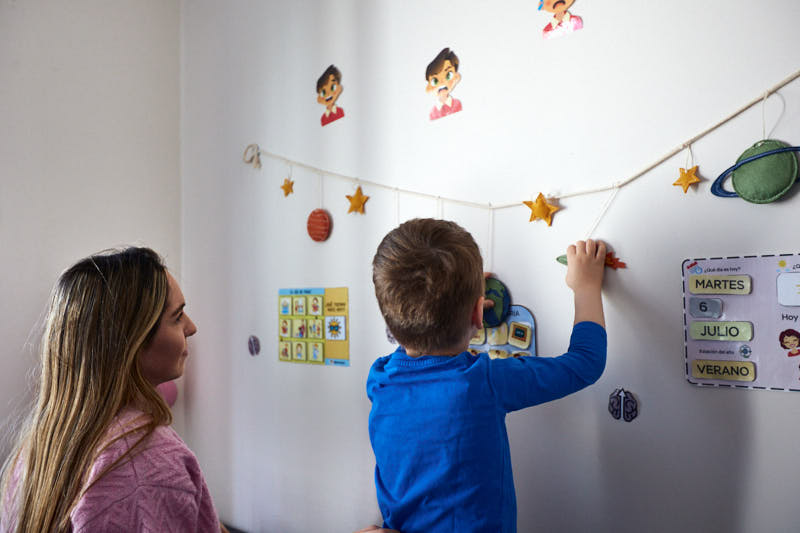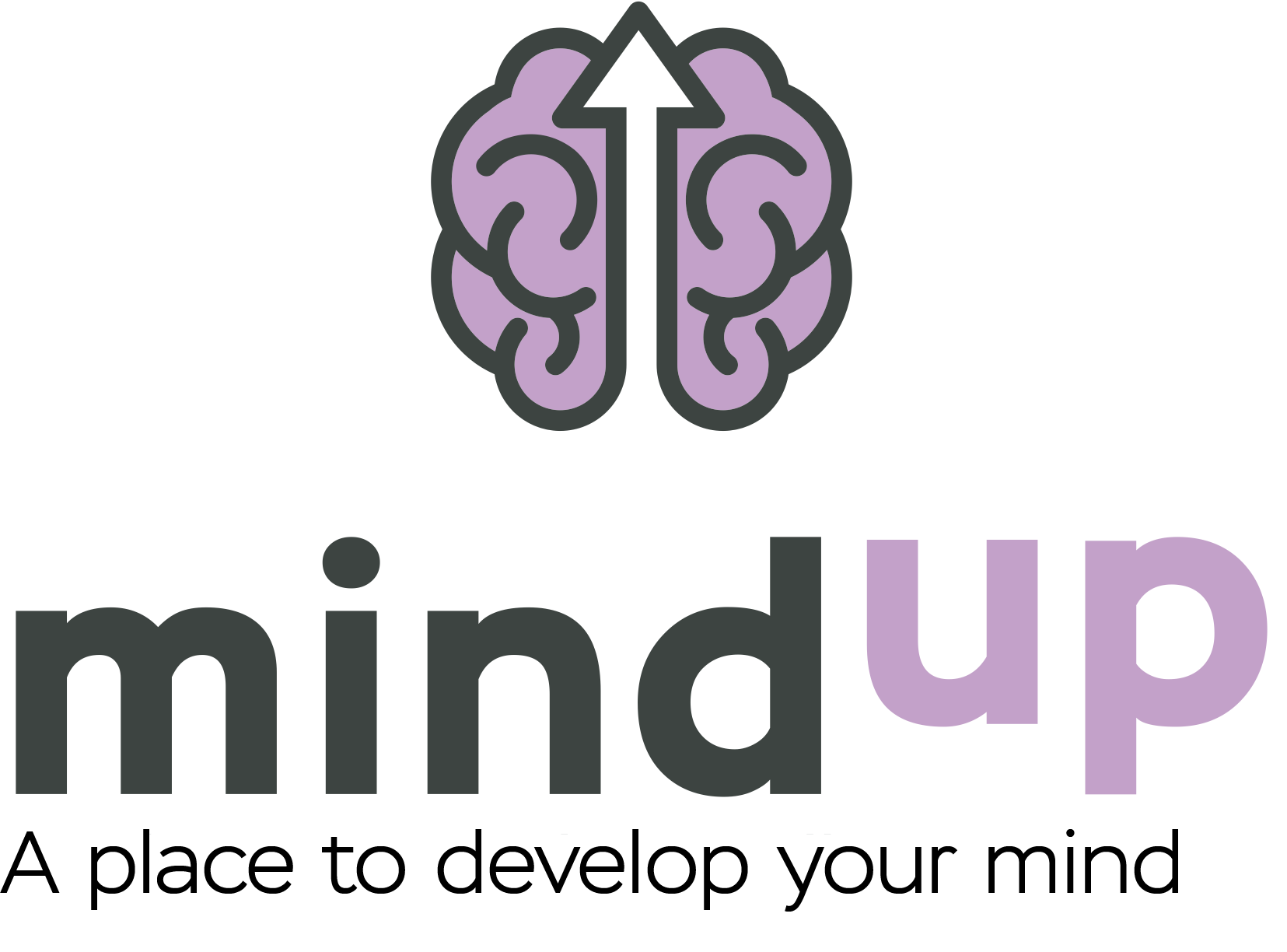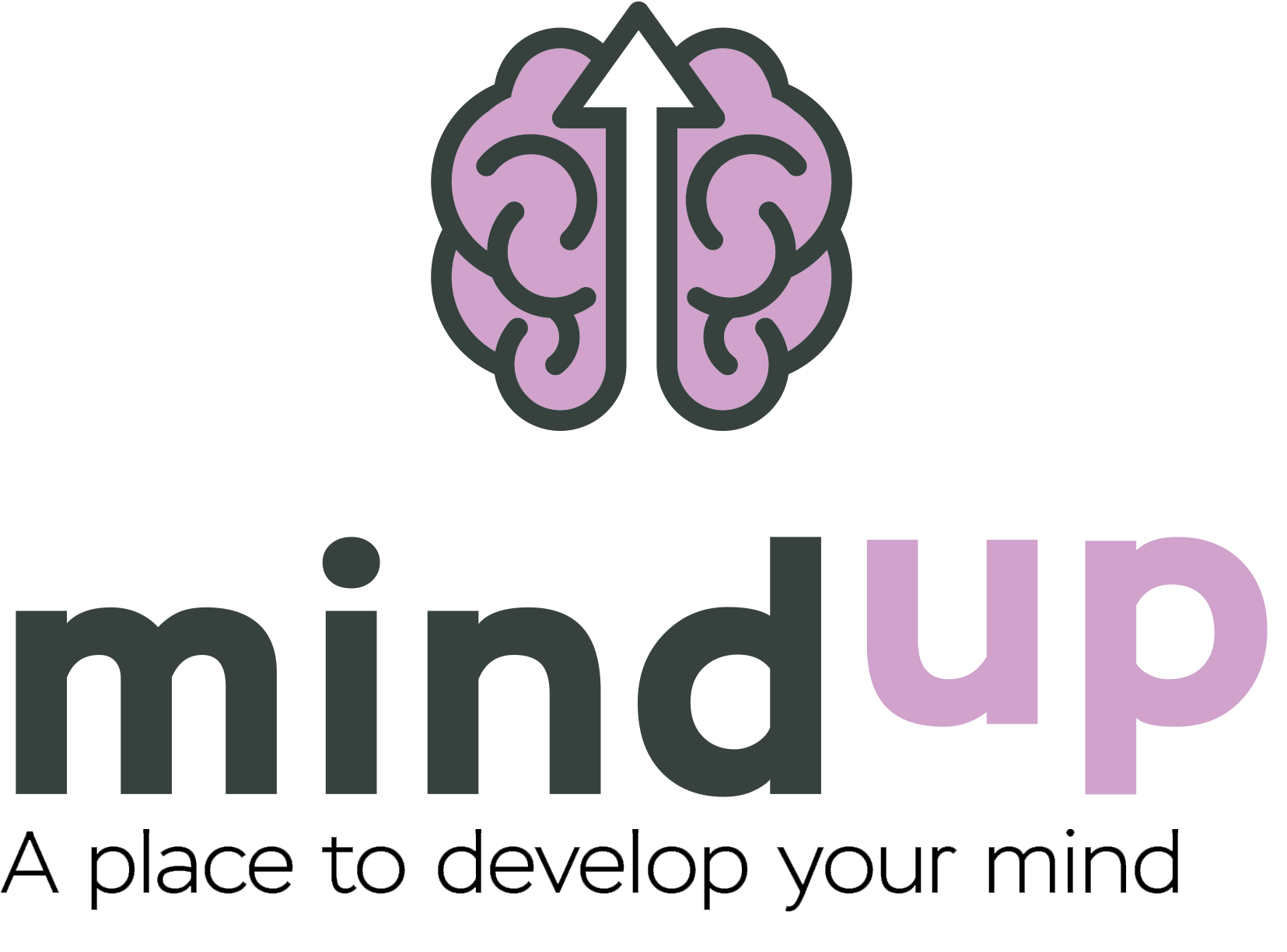ADHD, Attention Deficit Hyperactivity Disorder: What it is and how it manifests itself
What is ADHD? Attention deficit hyperactivity disorder is one of the most frequently diagnosed neurodevelopmental disorders during childhood and adolescence.
ADHD includes problems such as difficulty paying attention, hyperactivity, and impulsive behavior.
What is ADHD
ADHD is a neurodevelopmental disorder that affects millions of children and often continues into adulthood. ADHD is characterized by attention difficulties that can manifest in social, academic and work situations.
- Types of ADHD:
- Predominant inattention: Most symptoms correspond to inattention.
- Predominant hyperactive/impulsive behavior: the majority of symptoms are hyperactivity and impulsivity.
- Combined: symptoms of inattention and symptoms of hyperactivity/impulsivity.
Characteristics of each type:
- Lack of attention. A child who manifests a pattern of inattention may present the following characteristics:
– Loses or forgets things necessary for homework or activities (backpack, snack, coat…)
– Difficulty at paying attention to two alternative stimuli. For example, listening and taking notes at the same time.
– Problems to maintain attention until finishing their tasks, they tend to leave one activity for another shortly after starting it, leaving activities unfinished.
– Seems not to listen, even when spoken directly.
– Difficulty establishing an order in their tasks or small responsibilities at home.
2. Hyperactivity and impulsivity
Impulsivity is equivalent to a lack of self-control, they have difficulty both controlling their behavior and controlling their emotions.
They mainly present the following difficulties:
– Has difficulty thinking before acting.
– They are in constant movement, they go from one place to another in inappropriate situations.
– Little foresight, lack of planning.
– Impatient, interrupts conversations, games or activities from others.
– They rush to speak saying things at inopportune moments or answering questions before they have been completed.
How does it manifest?
ADHD is one of the most common neurodevelopmental disorders. It can arise with and without hyperactivity, and may appear between the ages of six and eight.
Up to 70% of children with ADHD have comorbidities, these are associated disorders or consequences of ADHD.
The most frequent are learning disorders related to reading, writing or calculation (dyslexia, dyscalculia, dysgraphia), behavioral disorders including oppositional defiant disorder and in more adult ages dissocial disorders and lastly, mood disorders, mainly anxiety and depression.
Warning signs
There are some warning signs that both parents and teachers should be aware of:
– Hyperactivity is easier to recognize, since they are full of energy at all the time.
– Impulsivity can be seen in the processing of information as it is very fast and inefficient. In addition, they usually don’t have the feeling of danger.
– With attention deficit we can see how they are children who often go unnoticed, have difficulties in planning and carrying out tasks, requiring a lot of supervision by their parents.

The most important phase of this disorder is the diagnostic phase. To make the diagnosis, a series of neuropsychological tests are applied that measure the immaturity of executive functions.
Apart from the measurement of attentional mechanisms and executive functions, it is important to know the child’s emotional state.
Questionnaires applied to both teachers and parents are included.
With all this, a reliable and accurate diagnosis is reached.
How can parents help?
At a therapeutic level, all the needs of the child must be covered.
The way of diagnosing the child will allow us to make a tailored suit to what their functional needs are.
From there, we work on training executive functions, attention, making the brain faster and more efficient, controlling errors and the child’s tendency to make hasty and impulsive mistakes.
Experts in the field and clinical practice guidelines for ADHD recommend not stopping treatment and continuing with interventions even on vacation, since unfortunately ADHD does not rest.
Activities to work with ADHD:
Take a look at this material to work on your attention:


